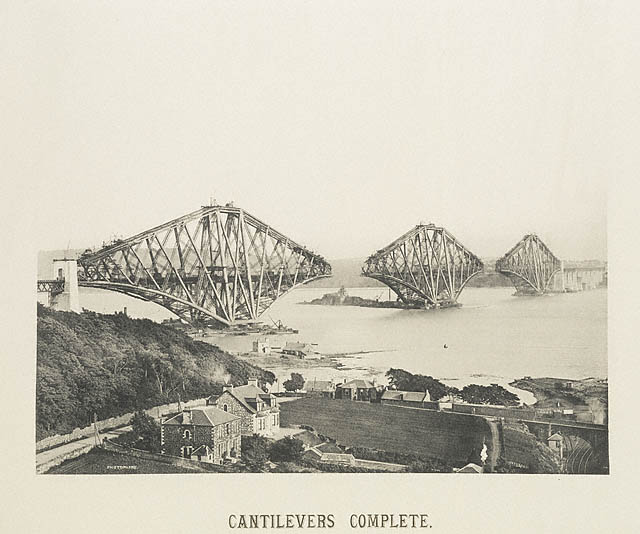Brendan O’Neill says that we should not be surprised by the bloody turn of events in Egypt … after all, we collectively acted as enablers:
There is ‘world outcry’ over the behaviour of the Egyptian security forces yesterday, when at least 525 supporters of the deposed Muslim Brotherhood president Mohamed Morsi were massacred. The killings were ‘excessive’, says Amnesty, in a bid to bag the prize for understatement of the year; ‘brutal’, say various handwringing newspaper editorials; ‘too much’, complain Western politicians.
Such belated expressions of synthetic sorrow are not only too little, too late (hundreds of Egyptians have already been massacred by the military regime that swept Morsi from power); they are also extraordinarily blinkered. To focus on the actions of the security forces alone, on what they did with their trigger fingers yesterday, is to miss the bigger picture; it is to overlook the question of where the military regime got the moral authority to clamp down on its critics so violently in the name of preserving its undemocratic grip on power. It got it from the West, including from so-called Western liberals and human-rights activists. The moral ammunition for yesterday’s massacres was provided by the very politicians and campaigners now crying crocodile tears over the sight of hundreds of dead Egyptians.
The fact that General Abdel Fattah al-Sisi, the head of the Egyptian armed forces who swept Morsi from power on 3 July, feels he has free rein to preserve his coup-won rule against all-comers isn’t surprising. After all, his undemocratic regime has received the blessing of various high-ranking Western officials, even after it carried out massacres of protesters campaigning for the reinstatement of Morsi, who was elected with 52 per cent of the vote in 2012.
Baroness Catherine Ashton, the European Union’s chief of foreign affairs, who, like al-Sisi, is unelected, visited Egypt at the end of July. She met with al-Sisi and his handpicked, unelected president, Adly Mansour. She called on this junta disguised as a transitional power to start a ‘journey [towards] a stable, prosperous and democratic Egypt’. This was after it had massacred hundreds of protesters, placed various politicians and activists in prison, and reinstated the Mubarak-era secret police to wage a ‘war on terror’ against MB supporters. For Ashton to visit al-Sisi and talk about democracy in the aftermath of such authoritarian clampdowns was implicitly to confer authority on the coup that brought him to power and on his brutal rule and actions.
Meanwhile, the US has refused to call the military’s sweeping aside of Morsi a coup. The Democratic secretary of state, John Kerry, has gone further and congratulated al-Sisi’s regime for ‘restoring democracy’. Kerry said the military’s assumption of power was an attempt to avoid ‘descendance into chaos and violence’ under Morsi, and its appointment of civilians in the top political jobs was a clear sign that it was devoted to ‘restoring democracy’. He said this on 2 August. After hundreds of Morsi supporters had already been massacred. If al-Sisi’s forces believe that killing protesters demanding the reinstatement of a democratically elected prime minister is itself a democratic act, a necessary and even good thing, it isn’t hard to see where they got the idea from.




